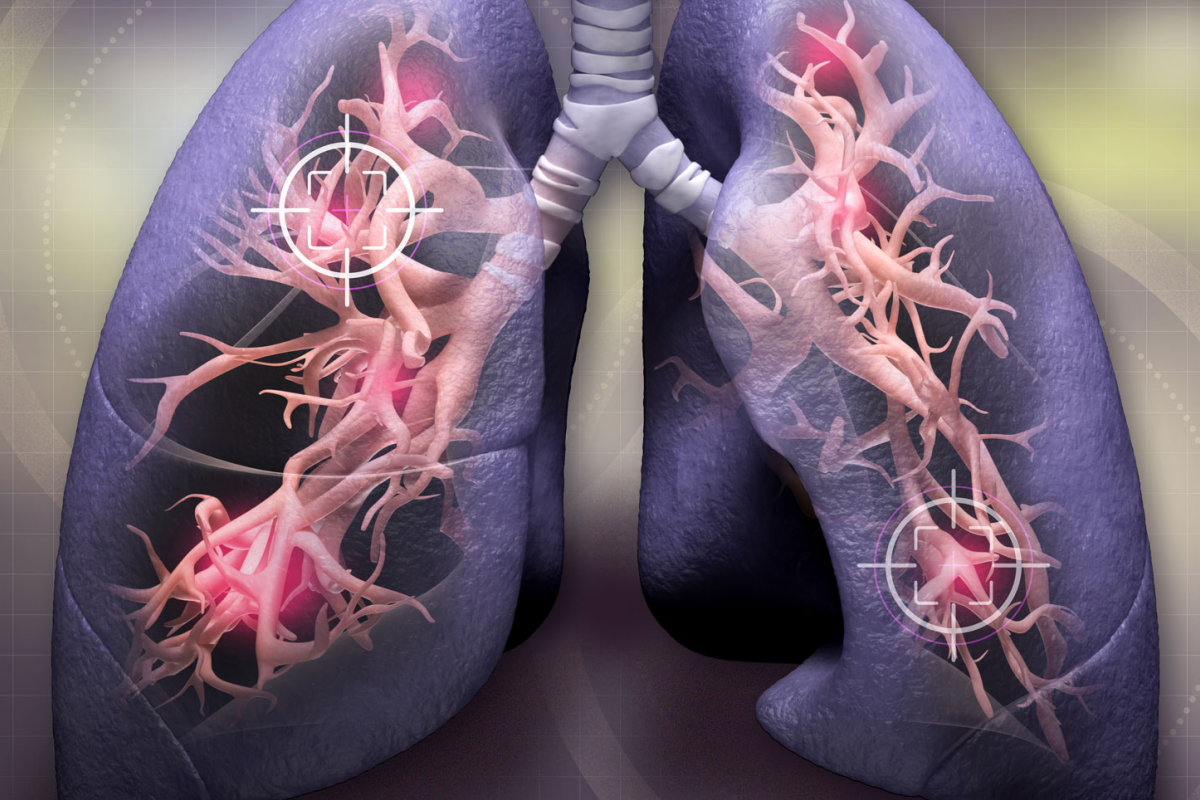Lung Cancer Screening: An Important Step In Early Detection
May 11, 2023Screening for lung cancer involves low-dose computed tomography (CT) scans, which are performed at regular intervals over a period of time. The CT scan looks at your lungs from different angles and takes detailed pictures that can detect any abnormalities like tumors or nodules that may indicate the presence of lung cancer. If anything suspicious is found, further testing or even a biopsy may be recommended by your doctor.
The American Cancer Society recommends annual screening with low-dose CT scans for people who meet certain criteria such as age 55-80 years old; having a 30-pack year smoking history; currently smoking or have quit within 15 years; and are otherwise healthy without any signs or symptoms of lung cancer.

A pack year is calculated by multiplying the number of packs smoked per day times the number of years smoked so if someone smoked 1 pack per day for 10 years then they would have a 10-pack-year smoking history. It’s important to note that not everyone should get screened talk to your doctor about whether you are an appropriate candidate based on your individual risk factors and health history.
Early detection through screening helps increase treatment options, reduces mortality rates, and improves overall outcomes since tumors are usually smaller when caught earlier in development. Although there are still some risks associated with CT scanning such as radiation exposure and false positives, these risks should be weighed against potential benefits in order to make an informed decision if lung cancer screening is right for you.
Overall, getting screened could potentially save lives by detecting lung cancers early when they’re more treatable making it one step closer to beating this deadly disease!
